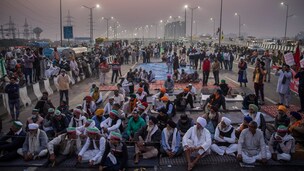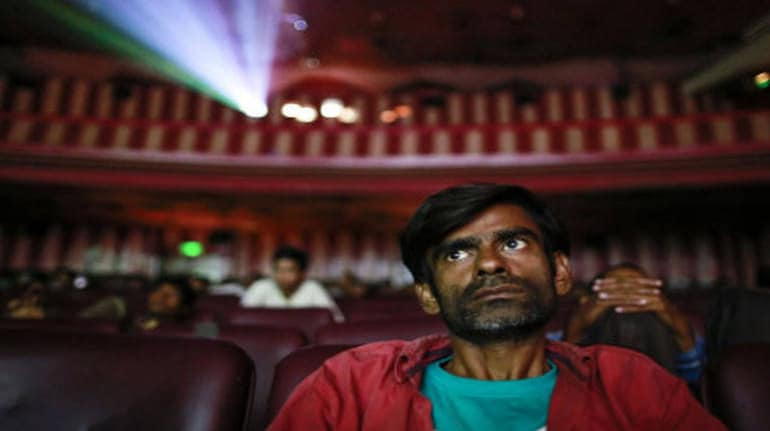2020 has undoubtedly been a tough year for theatre-owners. So much so, that some theatres are now being converted into Amazon godowns. And there does not seem to be much respite from coronavirus woes as the year draws to a close.
In Hyderabad alone, five single-screen theatres including Galaxy, Sri Rama, Shanti, Amba and Sree Mayuri shut shop permanently in November. Four of these halls are now being used by e-commerce platform Amazon as godowns, pointed out film trade analyst Komal Nahta.
The scenario is no different in other states where cinemas, especially single-screens, are finding it tough to survive.
An already-screen-starved India is likely to see the sharpest fall in the number of cinema screens due to the coronavirus impact in 2020.
According to analysts, multiplex shutdowns will be much lesser given their deeper pockets versus single-screen owners who have preferred to remain closed given no new big releases in theatres.
So far, only two medium-size Bollywood films have released in theatres including Suraj Pe Mangal Bhari starring Diljit Dosanjh and Kiara Advani-starrer Indoo Ki Jawaani.
For exhibitors, the first blow was when they had to shut shop for as long as seven months. And now it is the dearth of content which is resulting in permanent closure of many cinema halls.
Drop in screen count
"Currently over 2,000 single screens remain shut. And around 25 to 30 percent single screens are expected to close down permanently," said Karan Taurani, Vice President, Elara Capital.
This means that this year as many as 1,000 to 1,500 screens are likely to shut down permanently, bringing down the overall screen count of India to around 8,000.
According to an EY 2020 report, there were around 6,327 single-screens and 3,200 multiplexes in India last year.
"This is the sharpest drop because in the last five to seven years the number of screens has not come down by more than 200-250," he said. "This is quite concerning because the problem is that shutting down a screen is easy but opening a screen is challenging given the kind of licensing issues."
He added, "Multiplexes have been adding not more than 250 to 300 screens every year and the number of single screens that are shutting down is almost 200. So, net addition has been around 100 every year."
Screen expansion has taken a backseat
Plus, this year even expansion of multiplexes has taken a back seat and Taurani thinks that screen additions will be low in the coming eight to 10 months.
"Single screens shutting down may seem like an opportunity for multiplexes like PVR and INOX to widen their reach into smaller towns. But that's unlikely to happen in the near future, as multiplex chains will be focusing on getting the audience back to their existing theatres in 2021, than on any major expansion plans," noted Shailesh Kapoor, CEO, Ormax Media, a media consulting firm.
While PVR aims to maintain its screen addition target of 40 to 50 screens for 2021, a lot more screen additions will be required next year.
"Multiplexes, especially the top two, will have a market share gain. I think we are heading towards a scenario where multiplexes will further command a huge market share because single screens are not going to open anytime soon after shutting down," said Taurani.
South to see more impact
In terms of region, the southern market will see more screen closures as 65 percent of single screens are in the south. So, if 1,500 single screens are likely to shut then almost 53 percent closures will be in the south, said Taurani.
Also, shutting down of single screens will impact business of regional films more than Hindi content.
This is because 60-65 percent of box office collections for regional films come from single screens whereas Bollywood gets 70 percent of its collections from multiplexes.
Globally, India still remains with lowest screen count
The loss of around 1,500 screens will be a big blow to the exhibition industry as India already has the lowest screen count globally.
"India is an under-screened market anyway, with one of the lowest screens per capita across all major film markets in the world. Closure of single screens will further reduce the already-low per-capita screen count," said Kapoor.
Adding to this, Taurani said, "China has around 60,000 screens, US has around 42,000 screens. In terms of screen penetration per million people, India was at nine screens, China at 60, US was 125 and Europe was 60 to 70. Even in screen penetration India was the lowest and it will get even lower."










_2020091018165303jzv.jpg)



























